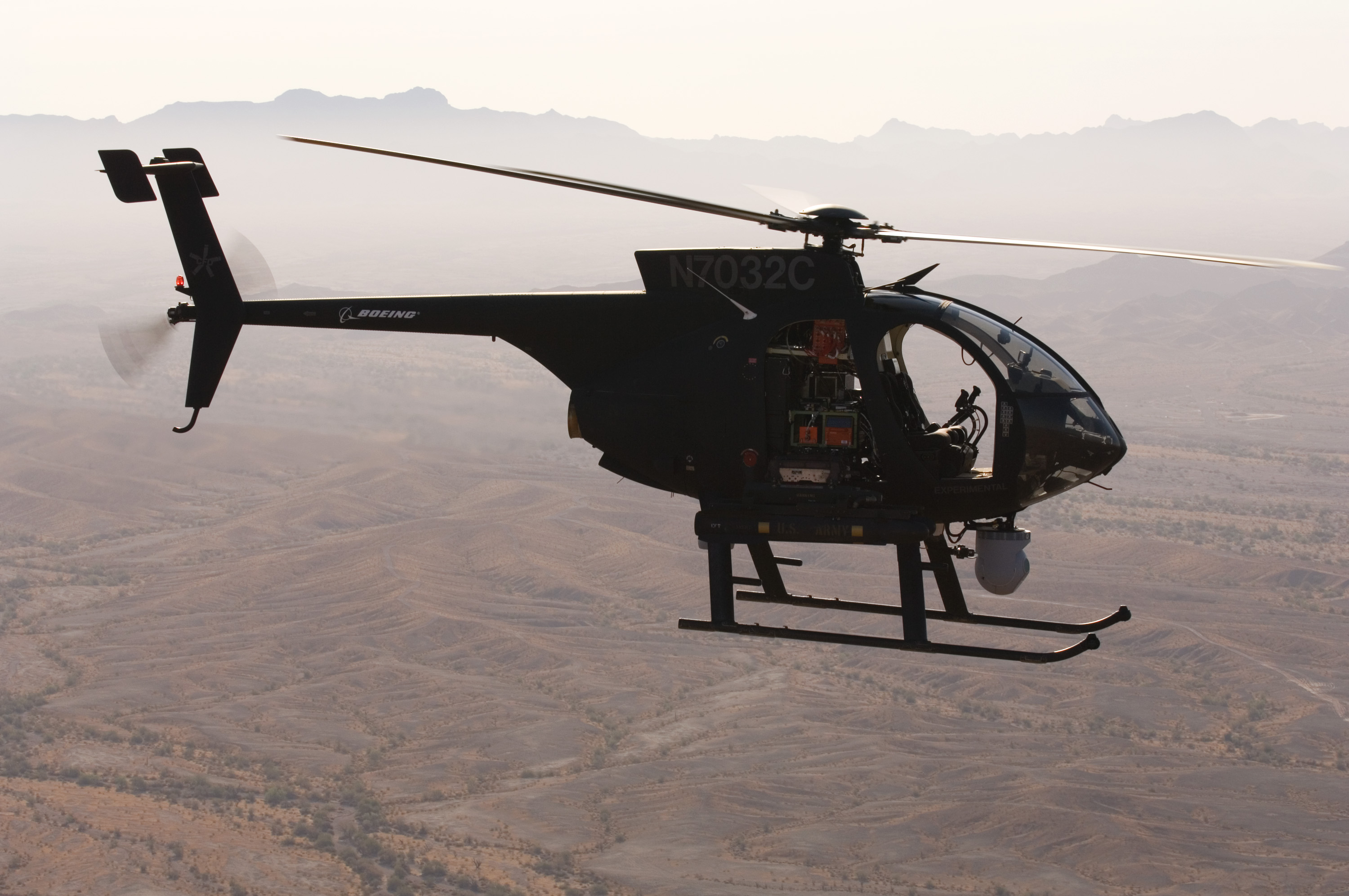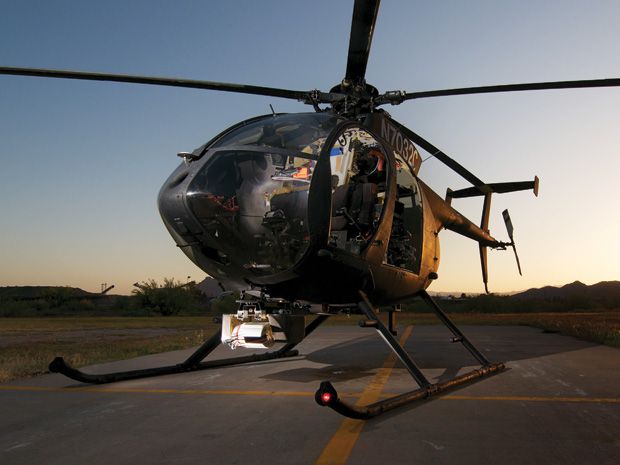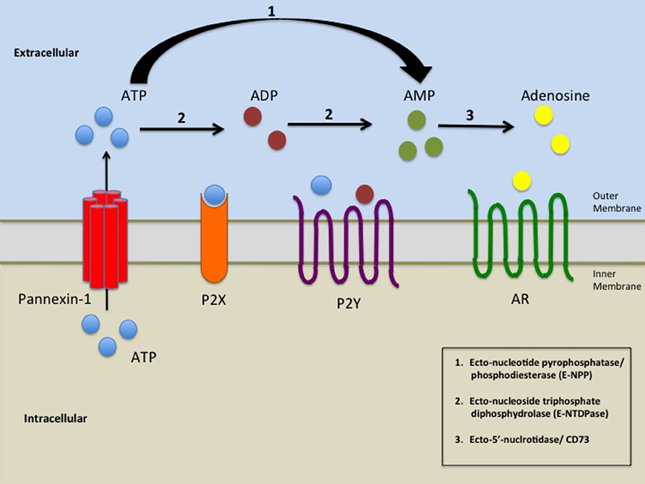 |
| Cloaking of data. |
 |
| Spatial analogue of temporal cloaking circuit. |
Through advances in metamaterials—artificially engineered media with exotic properties, including negative refractive index1, 2, 3—the once fanciful invisibility cloak has now assumed a prominent place in scientific research4, 5, 6, 7, 8, 9, 10, 11, 12, 13. By extending these concepts to the temporal domain14, investigators have recently described a cloak which hides events in time by creating a temporal gap in a probe beam that is subsequently closed up; any interaction which takes place during this hole in time is not detected15. However, these results are limited to isolated events that fill a tiny portion of the temporal period, giving a fractional cloaking window of only about 10−4 per cent at a repetition rate of 41 kilohertz (ref. 15)—which is much too low for applications such as optical communications.
Here we demonstrate another technique for temporal cloaking, which operates at telecommunication data rates and, by exploiting temporal self-imaging through the Talbot effect, hides optical data from a receiver. We succeed in cloaking 46 per cent of the entire time axis and conceal pseudorandom digital data at a rate of 12.7 gigabits per second. This potential to cloak real-world messages introduces temporal cloaking into the sphere of practical application, with immediate ramifications in secure communications.
Temporal cloak erases data from history : Nature News & Comment
If you’ve ever wanted to edit an event from your history, then help may soon be at hand. Electrical engineers have used lasers to create a cloak that can hide communications in a 'time hole', so that it seems as if they were never sent. The method, published today in Nature1, is the first that can cloak data streams sent at the rapid rates typically seen in telecommunications systems. It opens the door to ultra-secure transmission schemes, and may also provide a way to better shield information from noise corruption.
Scientists Have Invented a Time Cloak That Makes Events Disappear
And if you think that it sounds promising for covert communication, you're not alone. "With this new device, we don't just limit ourselves to thinking about cloaks as a way of preventing somebody from getting information, but also as a way to enable communication," says Joseph Lukens, one of the researchers, told New Scientist. "One guy sees nothing, the other guy sees everything." [Optica via New Scientist]
New Laser Cloaking Technology Creates 'Time Holes' - Allows You To 'Erase History' [VIDEO] | PlanetSave
Luken’s research team created their Talbot carpet using laser light. In this approach, the laser beam is passed through a phase modulator, which works as a wave guide. They then applied an oscillating electrical voltage to the guide. As they varied the voltage, the speed of the laser light was altered as well — splitting up the light into its constituent frequencies and pushing them ‘out of phase’ with each other. But these distinct frequencies recombined “destructively”, meaning that they cancelled out certain frequencies, generating ‘time holes’ (note: this step would correspond to Talbot’s discovery of light wave interference patterns as light passed through the slitted grating)SA_Embedded Story Player
The achievement is a fascinating ‘proof of principle’ that marks a rather unique advance for ‘cloaking technology’ which typically seeks to create ‘meta-materials’ and systems that manipulate or modify light waves to produce a zero refraction index. This in turn, creates the effect of light continuing in a straight line, as though there were nothing solid in between to cause light waves to deflect, or bounce off, in different directions (in general, this allows us to ‘see’ an object in our path). This particular advance, insofar as it involves temporal cloaking, and an immaterial “object” (data), does not require any such meta-materials.














